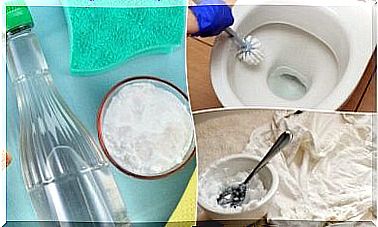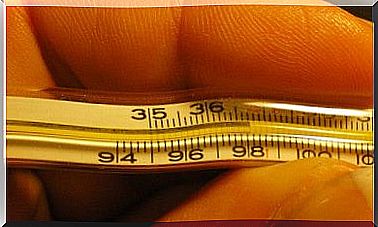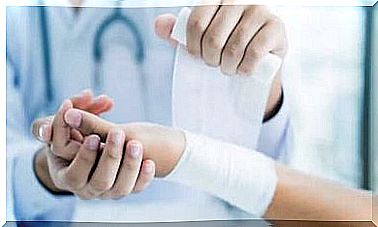Treating An Infected Wound
How many times have you had an injury and didn’t know what to do? Here we will show you how to treat an infected wound step by step.

How many times have you had injuries and didn’t know exactly what to do? In this article you will learn everything you need to know about treating an infected wound, as well as other types of wounds.
Distraction, rush, and fatigue are common causes of minor accidents inside and outside your home. Often the wound becomes infected and if you don’t do anything about it, it can have negative health consequences. This is why it is so important that you treat infected wounds quickly. In the following we will show you how to do it!
What are the risk factors for inflammation?
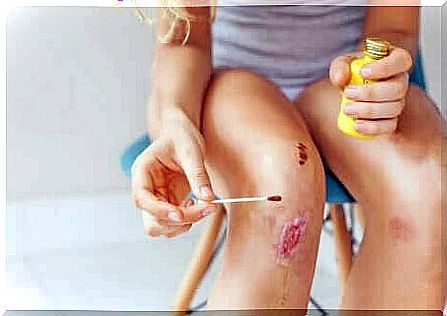
If you don’t clean the wound quickly when there is an injury, there is a higher risk of infection.
A wound is more likely to become infected if it:
- is not cleaned or treated within the first 8 hours ,
- is the result of a foreign body, e.g. B. an injury with a nail or a broken glass,
- comes into contact with dirt or saliva ,
- comes from a bite from a person or animal ,
- takes a long time to heal
- occurs in a person who has diabetes, alcohol problems, or a weakened immune system.
How do you know if the wound is infected?
If you’re not sure whether your wound is infected, look out for the following signs:
- Fever, accompanied by persistent reddening of the injured skin area, swelling around the edges of the wound and a high sensitivity to pressure.
- Persistent pain that occurred even with slight movements. In worse cases, you can also have burning or stabbing pain.
- Purulent discharge.
- The absence of any signs of scarring.
- Bad smell and general bad appearance.
If you notice these signs, you can be sure that the wound is infected with bacteria. Then you should treat the infection very carefully before it gets worse.
Steps to treat an infected wound
Step 1
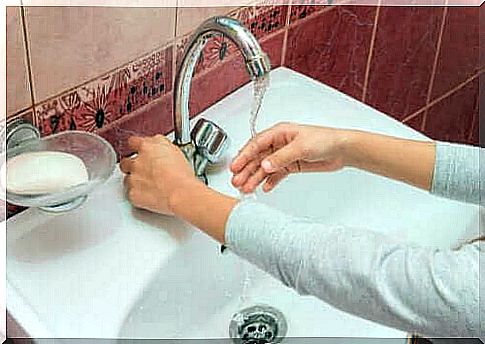
First, you should clean the wound with soap and water. It is normal for this to cause pain or itch due to the inflammation. The cleaning removes the dirt and adhering blood. You should clean the wound with gauze, as if you use cotton it can leave traces of fibers. It’s also worth using a good over -the- counter wound disinfectant .
step 2
Ideally, you should cover the open wound with a sterile bandage. Before doing this, you’ll need to wash your hands very well to prevent the inflammation from getting worse. If the area has vesicles or pus , it is best not to remove them to prevent the inflammation from spreading.
Step 3 to treat an infected wound
You should check the wound frequently. This will ensure that it heals properly. Natural products like aloe vera can help with wound healing and overcome inflammation. This is due to the healing properties of this plant.
Step 4
Continue to examine the wound carefully. If it is not only painful but also hot and swollen, it is clearly a more severe course.
Step 5 to treat an infected wound
Check your body temperature regularly with a thermometer. If your temperature is higher than normal, this could also indicate severe inflammation. If so, see your doctor right away.
Step 6
If there is no improvement after several days, you should see your doctor. It could be severe inflammation. Antibiotic medications may be needed to treat these. Your doctor will prescribe this for you. Self-medication is not advisable in this case.
This is how you prevent an infected wound from becoming infected
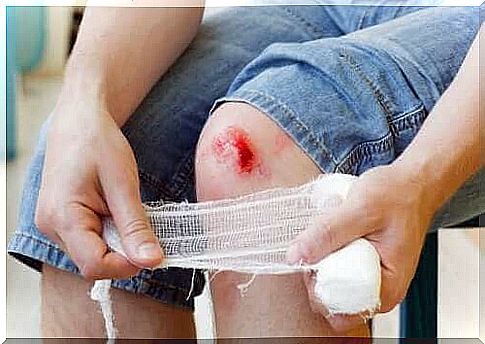
If you have a wound, the best thing to do is to take immediate action to prevent the wound from becoming infected. Clean the area thoroughly with saline to bacteria to eliminate . Then you should cover the wound with gauze bandages and apply an antiseptic daily. This way the skin will heal in a few days.
How is inflammation treated?
Treatment will likely depend on the type of inflammation and its severity. Your doctor can prescribe antibiotics to fight the bacteria. You can also rinse the wound with an antibiotic solution or apply an antibiotic ointment. If a collection of pus (abscess) forms, a doctor will need to open it to drain the fluid. If the inflammation is very serious, you may need to be hospitalized.
Now that you know how to heal an infected wound, it is time to put this into practice if necessary. But remember: if in doubt, always seek advice from your doctor!

